La Bayadère opens with a sacred flame and ends with an earthquake. In between, Marius Petipa’s ballet of 1877 gives us an India of the imagination, an India that never was. It is a place of tigers and tutus, scimitars and slippers. Cultural appropriation, you say? But who could object when it’s all so Pondicherry pretty: a durbar dream of silk harem pants, beaded bracelets, sun-goddess gowns, swags of hibiscus, palanquins, hookah pipes, snakes, divans and dances of the seven tie-dyed veils.
Already a subscriber? Log in
Subscribe for just $2 a week
Try a month of The Spectator Australia absolutely free and without commitment. Not only that but – if you choose to continue – you’ll pay just $2 a week for your first year.
- Unlimited access to spectator.com.au and app
- The weekly edition on the Spectator Australia app
- Spectator podcasts and newsletters
- Full access to spectator.co.uk
Unlock this article
You might disagree with half of it, but you’ll enjoy reading all of it. Try your first month for free, then just $2 a week for the remainder of your first year.


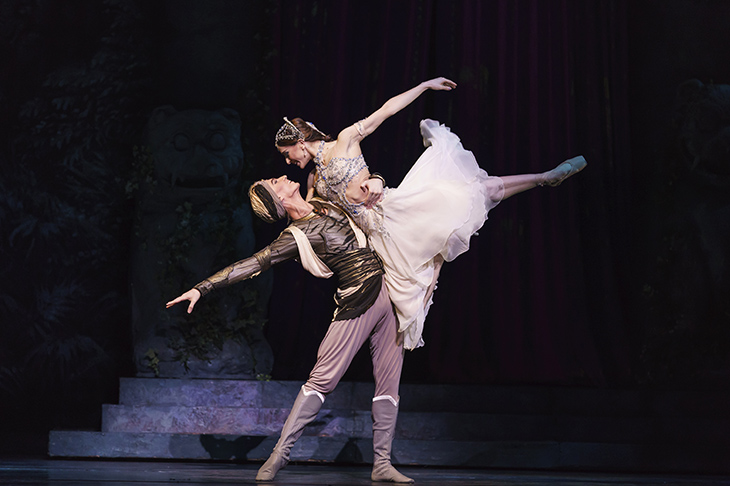
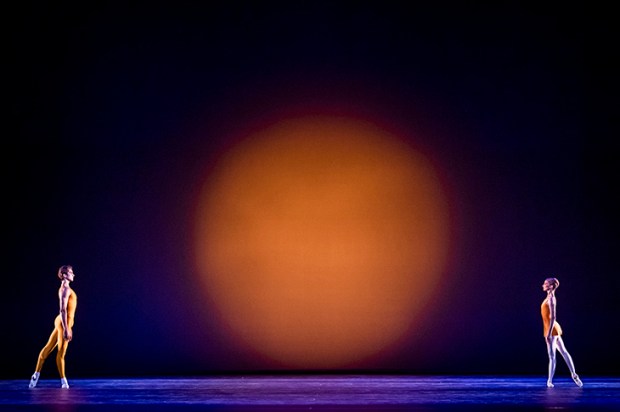
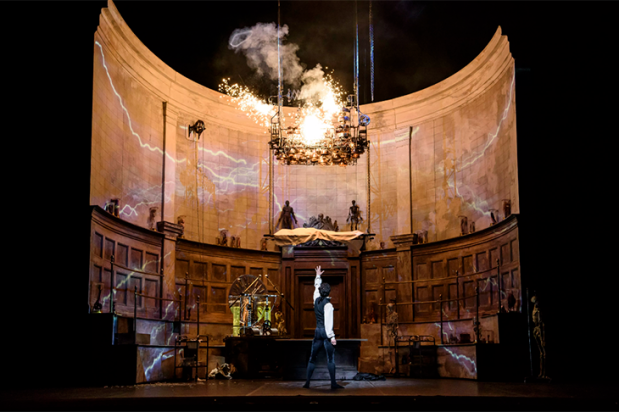
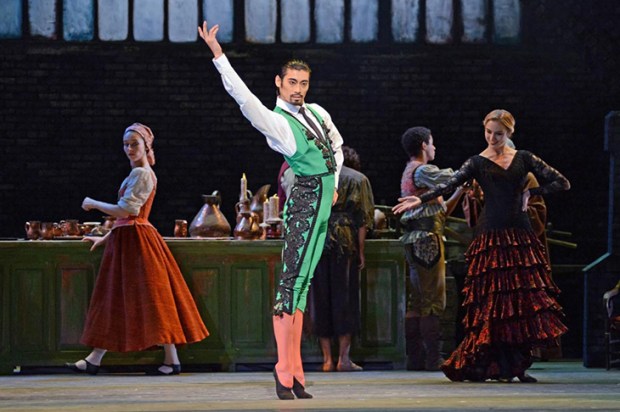
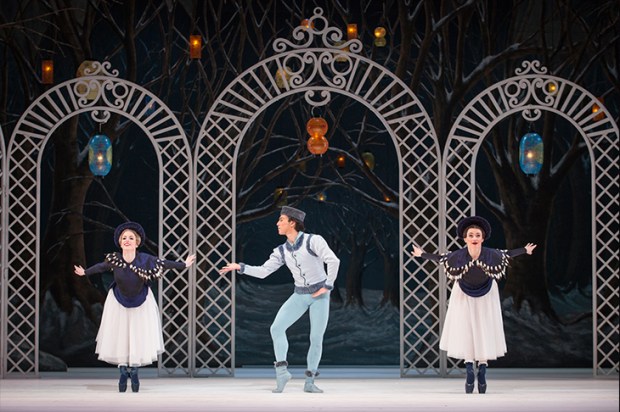
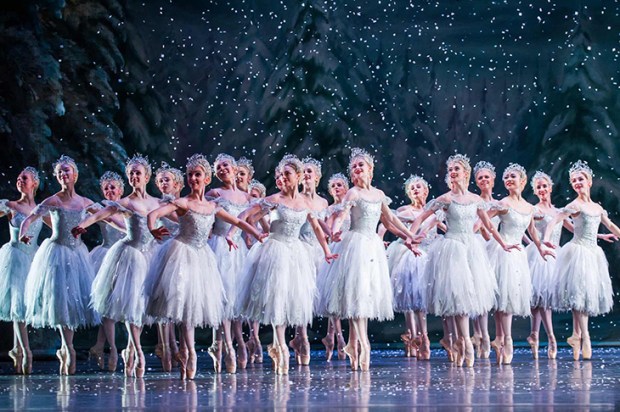
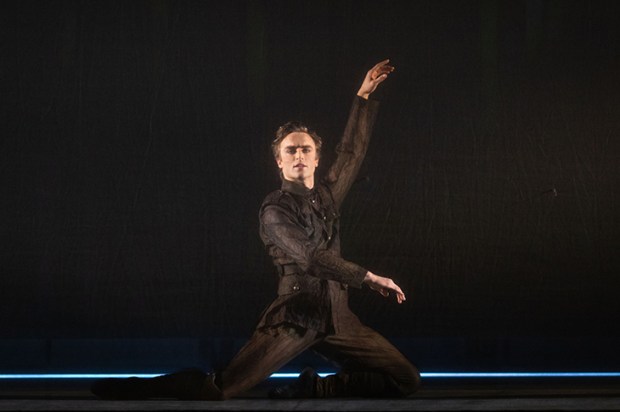






Comments
Don't miss out
Join the conversation with other Spectator Australia readers. Subscribe to leave a comment.
SUBSCRIBEAlready a subscriber? Log in